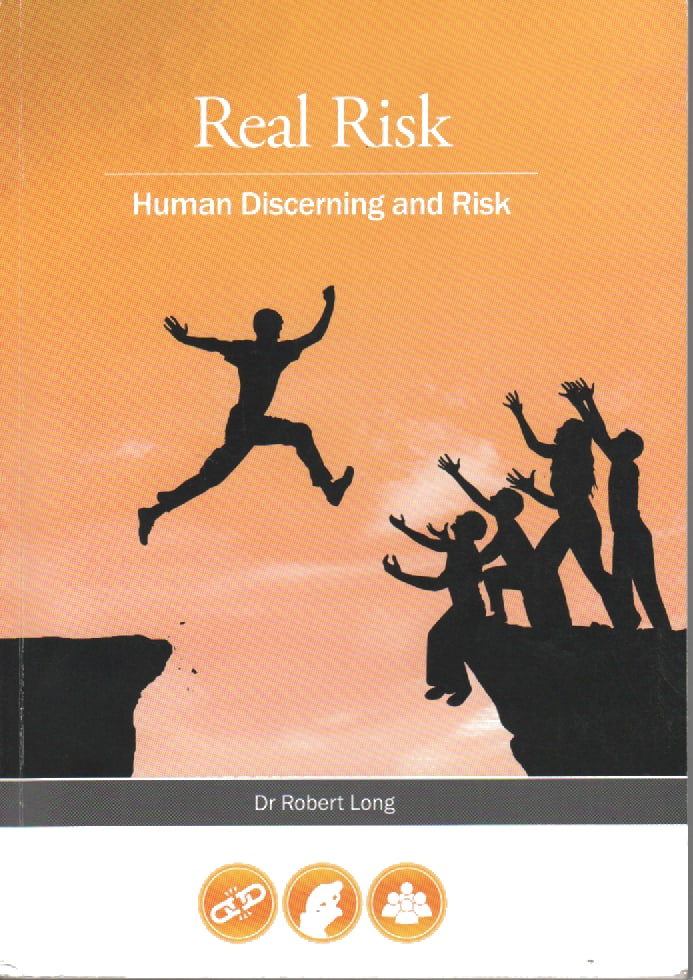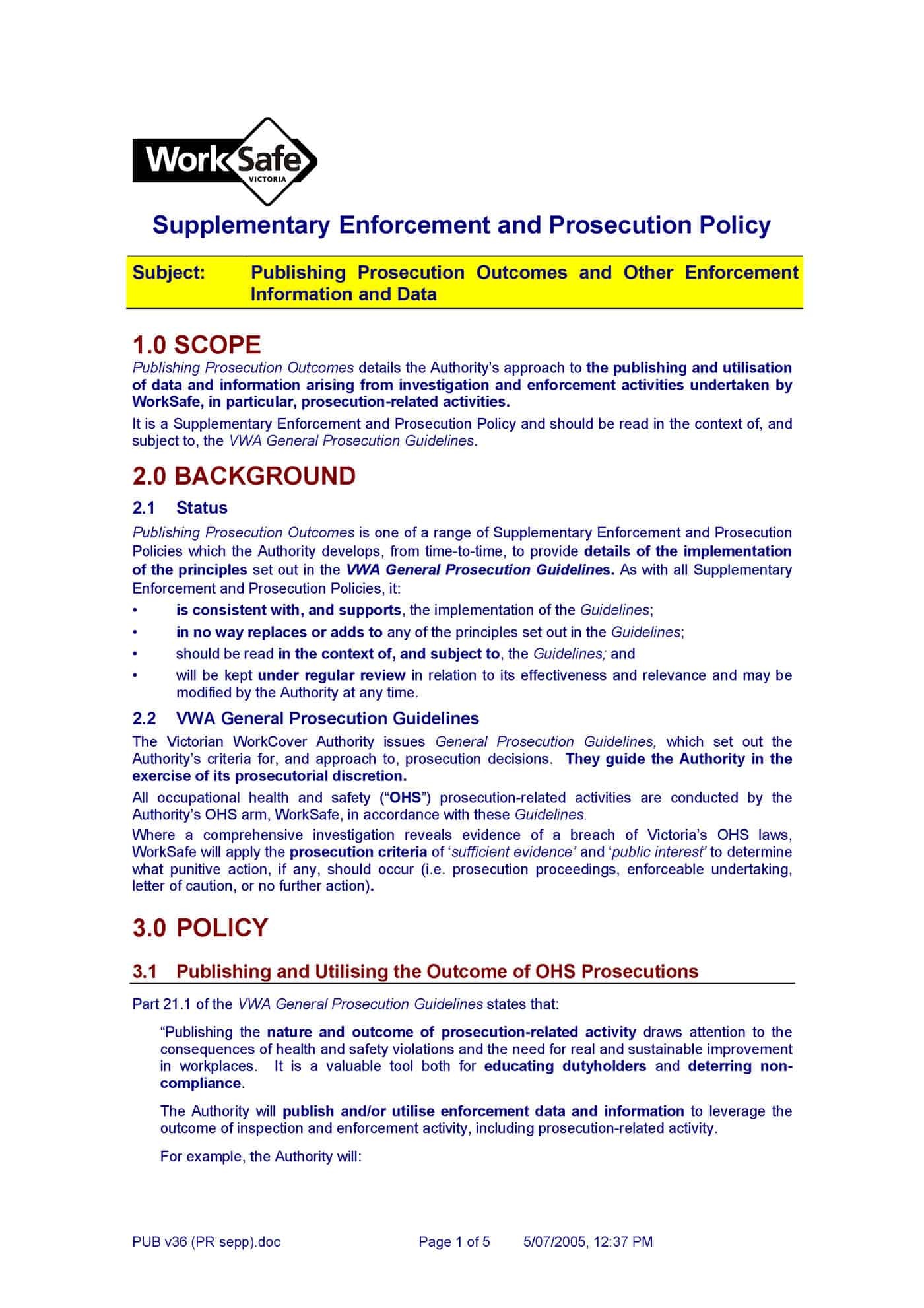There seems to be an increasing trend for the principles of occupational health and safety (OHS) to be applied to matters outside the workplace. OHS principles were created to reflect the values of society in the 1970s and 80s and, although the laws have changed to reflect economic needs, the principles remain basically the same. A major legal change has been the move away from preventing harm “at the source” to one of reasonable practicability and this can reduce the overall level of safety available to workers and others.
It is interesting to note that statements on the current Ebola outbreak argue the sense in dealing with the outbreak “at the source”. Why do we accept a reasonably practicable control measure for harm at work but expect a stronger preventative measure for public health threats? Shouldn’t we be aiming to reduce all harm “at the source” regardless of the type of harm? Continue reading “What if “reasonably practicable” was applied to a disease outbreak?”

 SafetyAtWorkBlog has
SafetyAtWorkBlog has  When people mention safety, they are often really talking about risk. In a similar way, people talk about the absurdity of ‘elf ‘n’ safety when they actually mean public liability or food safety or
When people mention safety, they are often really talking about risk. In a similar way, people talk about the absurdity of ‘elf ‘n’ safety when they actually mean public liability or food safety or 